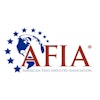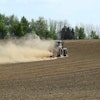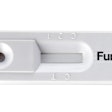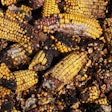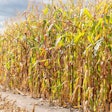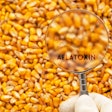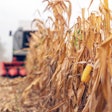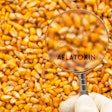
Alltech has released its comprehensive Alltech 2024 U.S. Harvest Analysis report, revealing significant challenges for U.S. crop producers due to early-season rains and late-season droughts. The report indicates a moderate to high overall risk for mycotoxin contamination.
Dr. Max Hawkins, global technical support for Alltech's Technology Group, noted an increased risk for corn grain and corn silage across all U.S. regions compared to 2023. The rise in risk is attributed to type B trichothecenes, zearalenone and fumonisins, particularly in the Eastern U.S. "This results in increased pressure on animal health and performance, necessitating a proactive mycotoxin management program," Hawkins stated.
Mycotoxins, natural substances produced by molds and fungi, are more prevalent in agriculture than ever. Over 95% of crops are contaminated with at least one mycotoxin, often two or more. These toxins, difficult to detect, can harm animal health before producers realize their presence. A proactive management program is essential, starting with identifying high-risk mycotoxins in specific regions, crops, and species.
The Alltech 2024 U.S. Harvest Analysis program tests new-crop grains and forages from farms and feed production sites nationwide, providing an accurate picture of mycotoxin contamination. Samples are analyzed at Alltech's 37+® lab, capable of detecting 54 mycotoxins.
Key findings include:
- Corn silage: The Upper Midwest shows higher risk due to DON compared to 2023, with emerging mycotoxins and Type B trichothecenes most prevalent.
- Corn: Risk from corn grain is primarily DON and fumonisins, with the Midwest facing greater risk than 2023, especially for monogastrics.
During Alltech's "From Field to Feed: 2024 Crop and Mycotoxin Analysis" broadcast, experts emphasized testing, monitoring, leveraging weather data, using comprehensive information, combining methods, and acting proactively to manage risks.
